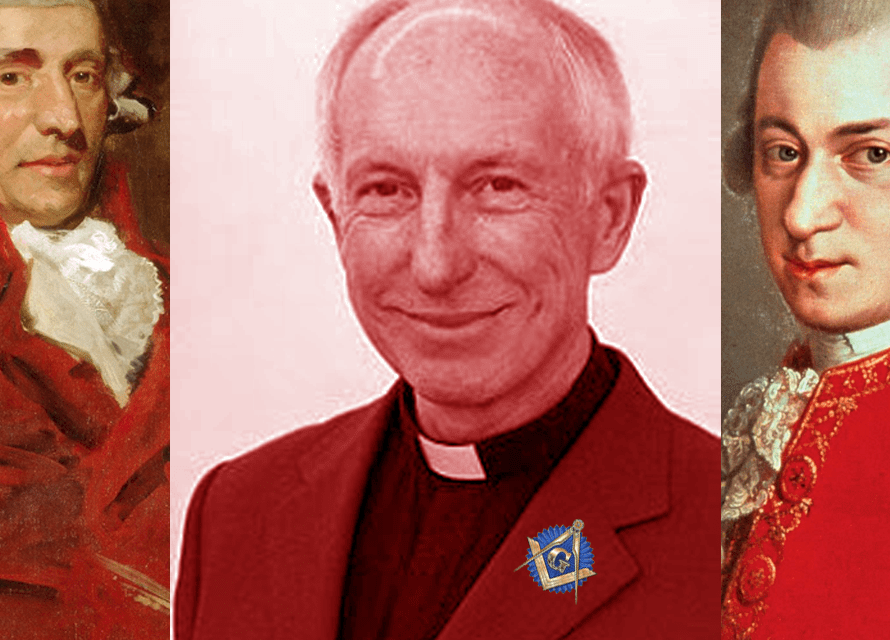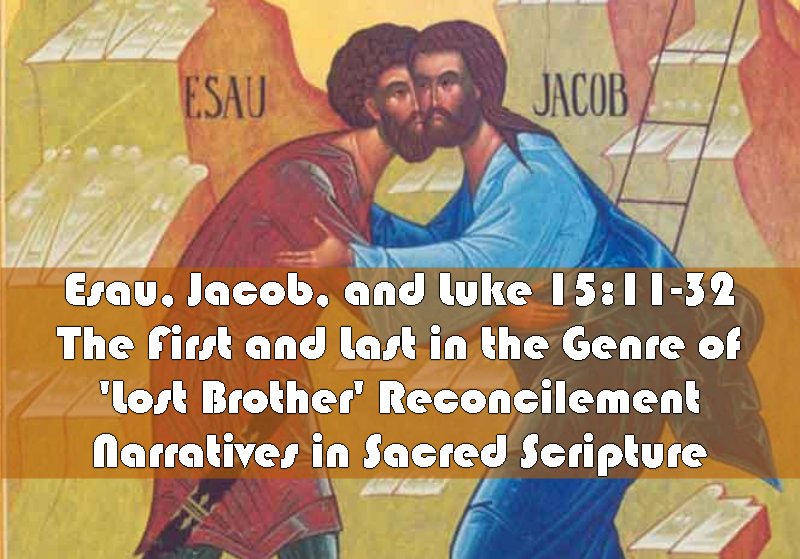In 1845 Saint John Henry Newman wrote An Essay on the Development of Christian Doctrine, where he defends the idea that doctrine matures over time under the guidance of the Holy Spirit, just as Jesus promised in John 16:13, saying, “From the first age to the last, the Church is one and the same; and the dogmas of the Church are the legitimate offspring of the doctrines of the Apostles.” The thesis of Newman was that Catholic dogma doesn’t contradict apostolic teaching but grows organically from it, like a tree from a seed.
In writing, “When the Spirit of truth comes, He will guide you into all the truth,” He wasn’t implying that all truth would be downloaded at Pentecost like a zip file from heaven. Instead, the Church would be led—slowly, patiently, sometimes painfully—into deeper understanding of the mystery of God, of human dignity, of justice, grace, and salvation. The development of doctrine is the unfolding of that guidance.
Inspired by the Holy Spirit, this is how the Church moves:
- From implicit belief (like early reverence for Mary) to explicit dogma (like the Immaculate Conception).
- From tolerated cultural norms (such as slavery or the death penalty) to clear moral repudiation as human dignity comes into sharper focus.
- From silence or confusion about political freedom to robust teaching on religious liberty and conscience.
Dei Verbum §8 affirms that doctrine develops as the Church grows in understanding, not by changing the deposit of faith, but by deepening its grasp and articulation of it, saying, “This tradition which comes from the apostles develops in the Church with the help of the Holy Spirit. For there is a growth in the understanding of the realities and the words which have been handed down. This happens through the contemplation and study made by believers… through the intimate understanding of spiritual things they experience, and through the preaching of those who have received through episcopal succession the sure gift of truth.”
And this process mirrors the movement of Scripture, too. Even in the Bible, revelation unfolds: the covenant with Abraham isn’t Moses’ law, and neither is the Sermon.
Despite claims to the contrary, coming from sects such as Sedevacantists, Society of St. Pius X (SSPX), Benedict Option-style Integralists “Rad Trads”, and certain “Recognize and Resist Francis” Catholics, Church history vividly remembers several instances of the Holy Spirit guiding us towards all truth.
The 13 Major Proofs of Doctrinal Development in the Catholic Church
- The Trinity: Early Christians worshipped Christ as divine, but it took centuries—and the Councils of Nicaea (325) and Constantinople (381)—to articulate the doctrine of one God in three co-equal Persons.
- The Canon of Scripture: The Bible didn’t drop from the sky fully assembled. The Church gradually discerned which books belonged in the canon over centuries, formalized at councils like Hippo (393) and Trent (1546).
- The Real Presence & Transubstantiation: From the Last Supper onwards, Christians believed Christ was present in the Eucharist. But only in the 13th century, with thinkers like Aquinas and the Council of Lateran IV, did the Church define how—via transubstantiation.
- The Immaculate Conception (1854): While early saints saw Mary as uniquely graced, it took time to clarify that she was preserved from original sin from the first moment of her conception—foreseeing Christ’s merits.
- The Assumption of Mary (1950): The belief that Mary was assumed body and soul into Heaven gained formal dogmatic status centuries after it had been embedded in liturgy and devotional life.
- Papal Infallibility (1870): The pope’s ability to speak ex cathedra on faith and morals was defined at Vatican I—not invented—but developed from the Church’s long-held view of Peter’s primacy and the Magisterium’s authority.
- Religious Freedom – Dignitatis Humanae (1965): A major shift from earlier Church-state fusion models. The Church affirmed the right of every person to seek and follow truth freely, based on human dignity—not relativism, but matured theology.
- Condemnation of Slavery: Once tolerated as part of the social fabric, slavery was eventually recognized as intrinsically evil, most notably in Sublimis Deus (1537) and In Plurimis (1888).
- Permissibility of Charging Interest (Usury): What was once flatly condemned came to be nuanced as commerce evolved. The Church distinguished between exploitative interest and legitimate return on capital.
- Limbo and Unbaptized Infants: Theologians once posited limbo as a holding place for unbaptized babies. Now, reflecting more deeply on God’s mercy, the Church leans toward hope for their salvation (International Theological Commission, 2007).
- Development of Lay Associations – Confraternities (Unions): In 1326, at the Council of Avignon, confraternities were condemned when they appeared secretive and rivalrous to Church authority. Over time, the Church came to recognize and embrace organized lay associations and unions that supported the faith. Today’s Catholic Action movements, fraternities, and lay apostolates reflect that reorientation.
- Labor Unions and Workers’ Rights: Originally suspicious of labor solidarity—especially when tied to socialist agendas—the Church’s views transformed with Rerum Novarum (1891), affirming the right to unionize, demand just wages, and act collectively. What was once “union busting” gave way to solidarity.
- The Death Penalty: Previously accepted in Church teaching as a legitimate—if tragic—exercise of state justice, recent magisterial developments (Catechism update in 2018) have taught that the death penalty is now inadmissible and contrary to the Gospel, given modern means to protect society and uphold the sanctity of life.











